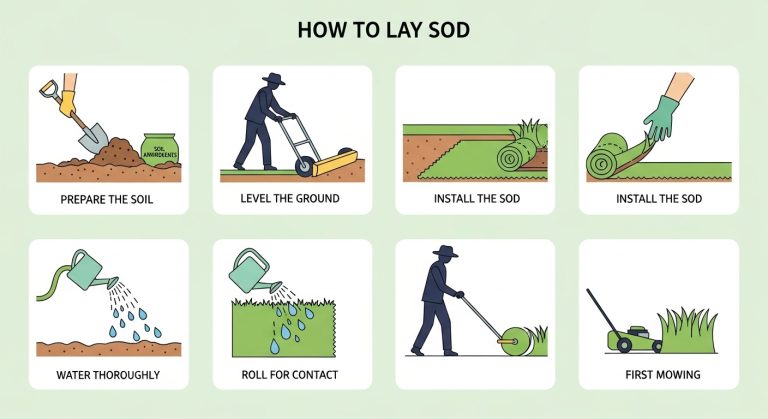How Long Does Caulk Take to Dry: A Complete Guide
Understanding Caulk Dry Time
Caulk dry time refers to the time required for the surface of the caulk to feel dry to the touch. In contrast, curing time is the full duration taken for the caulk to harden completely inside, achieving its maximum strength. It is essential to understand this distinction, as painting or exposing caulk to moisture before it fully cures can lead to durability issues.
Definitions:
- Caulk Dry Time: Duration for the surface to feel dry.
- Curing Time: Complete hardening process internally.

Factors Influencing Caulk Dry Time
Several factors influence the caulk dry time, including the type of caulk, environmental conditions, and application thickness. Here’s a closer look:
Type of Caulk
- Latex (Acrylic) Caulk: Dries in 30-60 minutes; cures within 24 hours.
- Silicone Caulk: Dries in 30-60 minutes; cures in 24-48 hours or longer.
- Polyurethane Caulk: Takes the longest, drying in approximately 24 hours and curing in up to 10-12 days.
Environmental Conditions
- Temperature: Optimal range is 21–26°C (70–78°F).
- Humidity: Affects drying times; silicone requires moisture to cure.
- Ventilation: Enhance airflow with open windows and fans.
Application Thickness
Thick applications will take longer to dry than thinner layers:
- Thin Beads: Dry and cure faster.
- Thick Application: Slower, can yield uneven results.
For precise measurements in your application, see our guide on how to read a measuring tape.
Detailed Look at Silicone Caulk Dry Time
Silicone caulk has a unique curing process based on moisture absorption:
- Dry to Touch: Usually in 30-60 minutes depending on conditions.
- Full Cure Time: Takes 24-48 hours or more.
Drying Caulk Before Painting
Properly drying caulk before painting ensures a quality finish. Consider the following:
- Risks of Painting Over Wet Caulk: Can lead to bubbles, wrinkling, or peeling.
- Recommendation: Wait at least 24 hours for most caulks.
- Testing Readiness: Press on the caulk to check firmness.
Tips to Expedite Caulk Drying
If you’re short on time, consider these tips:
- Improve Airflow: Open windows and enhance ventilation.
- Control Humidity: Use a humidifier for silicone caulk.
- Application Technique: Apply in thin, uniform beads.
- Select Fast-Drying Formulas: Choose products designed for quick drying.
Common Mistakes and How to Avoid Them
To ensure a flawless finish with caulk, avoid these common pitfalls:
- Painting too Soon: Compromises adhesion.
- Inappropriate Weather Conditions: Avoid caulking in extreme temperatures and humidity.
- Choose the Correct Caulk: Ensure compatibility for the best seal.
Conclusion
In summary, understanding how long does caulk take to dry is essential for successful home improvement. Recognizing the nuances of drying and curing, along with factors like caulk type and environmental conditions, leads to better project outcomes. Always follow manufacturer guidelines for the best results.






